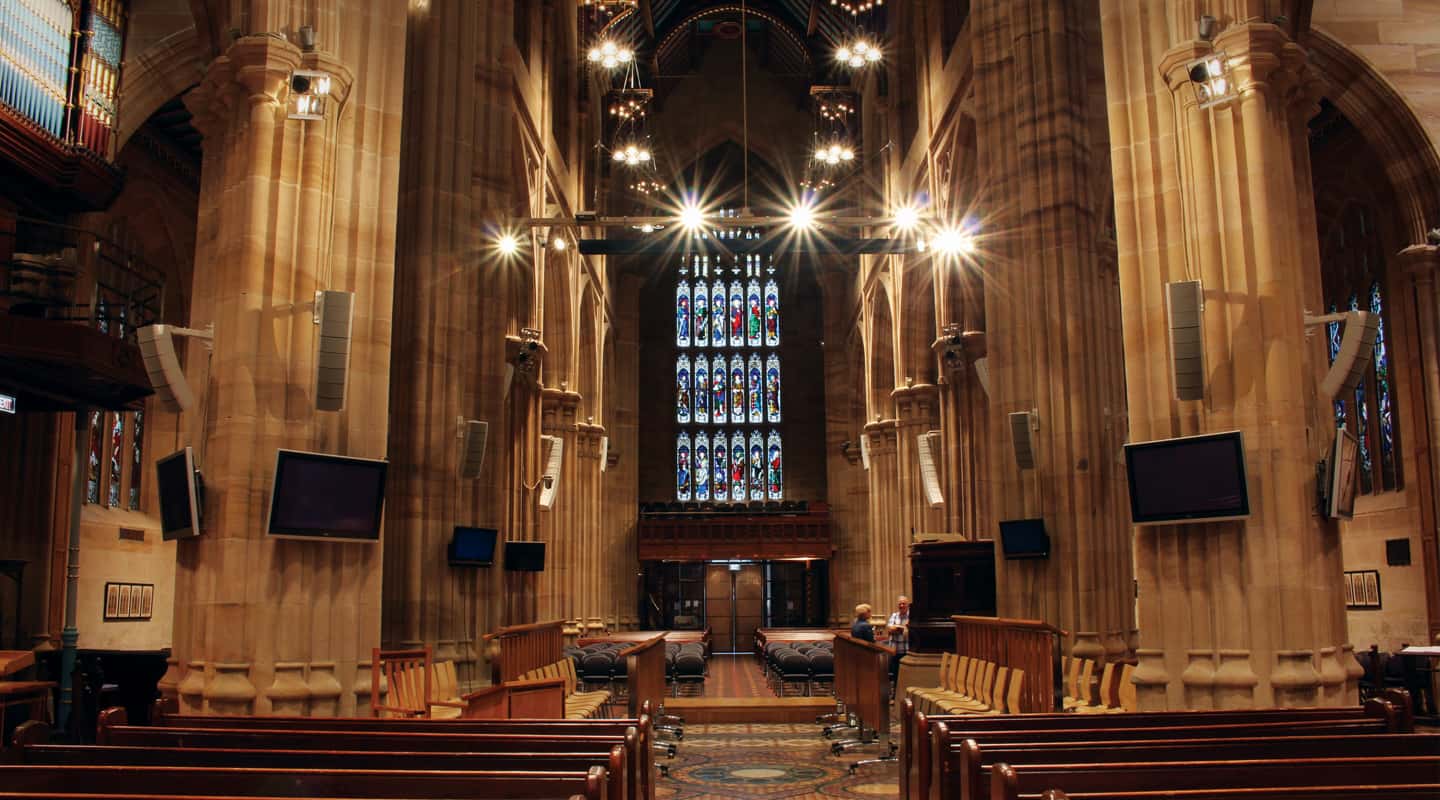
No Time For Reflection
Getting a new PA for St Andrew’s Cathedral in an Almighty hurry.

Text:/ Andy Ciddor
Images:/ Courtesy of Technical Audio Group
Even if liturgical audio isn’t your primary area of interest, if you’ve been reading this magazine for long, you’re probably familiar with the exceedingly-problematic task of achieving high-intelligibility for sound reinforcement in places of mass worship.
Many places of worship and prayer, whether temples, mosques, cathedrals, synagogues or neighbourhood churches, use soaring architecture to instil a sense of grandeur, wonder and even humility into visitors and most are constructed from impressive materials as part of the glory and wonder. The acoustics of large, uninterrupted spaces surfaced with masonry, tiles, glass or timber are characterised by strong reflections and very long reverberation times. If the geometry of the space includes parallel surfaces or a dome, then the number of additional reflections is manifold and complex.
Early attempts at reinforcing the source of the voices and instruments in places of worship and prayer simply involved making the original sound louder, which of course makes all the reflections louder too, and in the process actually reduces the intelligibility. More sophisticated contemporary approaches to reinforcement have involved using more loudspeakers, each covering only part of the listening area and each time-aligned to the original source. While this improves intelligibility, there are still issues with reverberation from the structure and the whole process collapses in a heap if there are multiple sound sources such as the prayer leader and a choir, or if the locations of the prayer leaders change during the service. As more loudspeakers are progressively added to such a system to solve the acoustic issues, the complexity of the signal processing for each of the loudspeaker feeds becomes impracticable. As with so many reinforcement problems, the perfect acoustic solution would be to hand every member of the congregation a pair of decent-quality headphones fed by an appropriately-delayed signal with artificial reverb added to match the building’s acoustic.
St Andrew’s Cathedral, the seat of the Anglican diocese of Sydney, is typical of a large venue for worship. Its imposing Perpendicular Gothic style, with stone walls and pillars, soaring ceilings and impressive stained glass windows, reflect the Church’s desire to inspire wonder and awe in the congregation, and coupled with the classical floor plan in the shape of a crucifix, provides a cornucopia of parallel reflective surfaces to ensure that any natural sound is distorted into unintelligibility. St Andrew’s is also a little unusual in that services are conducted from the intersection of the cross, with congregants located behind the altar and pulpit, in addition to the usual positions at the front and to the sides.
In the decades since the development of sound amplification, the acoustics of St Andrews Cathedral had steadfastly resisted the many attempts to provide it with good, clear sound. When Ross Cobb took up the position of Director of Music at the Cathedral in 2007 he listened to the sound in the building and recommended that with the sound reinforcement technologies currently available it was time to seek a working solution. A number of proposals were sought by Cobb together with Canon Chris Allan and tenders were submitted to a contract approval committee set up by the Diocese. However as the quotes received proved to be beyond both the available budget and foreseeable financial resources of St Andrew’s, they were reluctantly shelved.

ENTER: PRINCE OF PEACE
Then, in 2014 the fairy-tale family, Princes William and George and the Duchess of Cambridge, came to visit Australia. Just a couple of weeks before their visit it was decided that it would be appropriate to celebrate the rising of Christ on Easter Sunday at the major cathedral of their family’s church in Sydney – St Andrews.
This provided the impetus for an intensive burst of fundraising in the diocese and the engagement of a team led by Wizard Projects to install the new PA system that had previously been proposed and indefinitely postponed. There was however one fairly stringent condition on the contract. The project which had originally been quoted as requiring three months for design, construction, installation, commissioning and tuning, had to be completed in the 14 days then remaining between signing the contract and their Royal Highnesses arriving for the Easter Sunday service. Considering the installation was also required to take place around the existing operations of a busy cathedral, that’s an almighty hurry. Wizard Projects principal Paul van der Ent was on the phone arranging to get a team on site to measure up for custom hanging brackets within minutes of the contract being signed.
IN THE ZONE: ACOUSTIC CONCEPT
The proposal put to St Andrew’s by the partnership between Wizard Projects, Technical Audio Group and acoustic engineers Glenn Leembruggen of Acoustic Directions and David Gilfillan of Gilfillan Soundwork was very similar in concept to the headphones idea. However their solution was realised by dividing the cathedral into more than 100 separate acoustic spaces, each covered by tightly-focussed beam-steerable line array cabinets. Each zone is driven by a custom-processed feed that includes time alignment, equalisation and level adjustment to adjust for the locations of the source and the listening zone. All acoustic energy from the system is directed at the congregation to avoid exciting the multiplicity of reflective surfaces of the building.
Whilst straight-forward in concept, the painstakingly-detailed electroacoustic analysis of the space and system design, would now have to be foregone and replaced by a process that would rely much more on Leembruggen and Gilfillan’s intuition derived from their experience on previous projects with similar acoustic problems and the configurability of the loudspeaker cabinets and the signal processing system once the cabinets were in place.
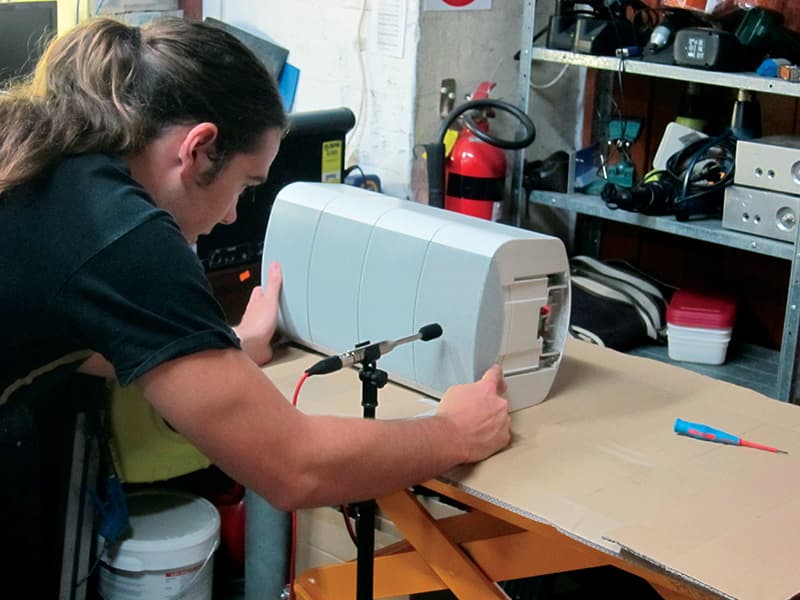
CONJURING THE SYSTEM
The solution installed by Wizard Projects (now a subsidiary of Videopro) in conjunction with supplier Technical Audio Group consists of 140 Martin Audio OmniLine beam-steerable line array cabinets deployed in both electronically active and passive beam-steerable modes, hung from custom-fabricated brackets in 22 locations.
The main western nave arrays comprise two banks of 12 active OmniLine cabinets with a further two banks of 10 active arrays for the outer north west pews. The Eastern nave comprises two banks of eight active elements with a further four positions, each of six active OmniLine cabinets, for the centre of the transept. The bottom end is delivered from six floor-mounted Martin Audio AQ212 high-powered double 12-inch direct-radiating sub bass cabinets in ‘end-fire’ configuration. The front-to-back ratio of over 18dB on these cabinets also allows the bass end of the sound to be directed at the congregation and kept away from reflecting surfaces. Some existing pews were redesigned to camouflage the presence of the subs, whilst retaining the critical spacing and acoustic airflow required for an end-fired system.
The speaker cabinets are driven by 60 channels of 200W-per-channel QSC Audio power amplifiers running under the management of QSC Audio’s Q-SYS Core 500i signal processing, distribution and speaker management system. The Q-SYS package was also used for the design and modelling of the overall system and the preliminary specification of the FIR (finite impulse response) filters that were applied to all channels. The Q-SYS controller is also used to reconfigure the entire sound system when the clergy move from conducting the service at the central altar to delivering a sermon from the pulpit. When a pressure mat in the pulpit detects the weight of a person, the gain, time alignment and even some beam steering is realigned for the change in location of the sound source.
Q-SYS is also used to monitor the outputs of all channels and reports in real time on any amplifier or loudspeaker anomalies that would impact on the performance of the systems. So far, since the system was handed over to the Cathedral, it’s had no anomalies to report.
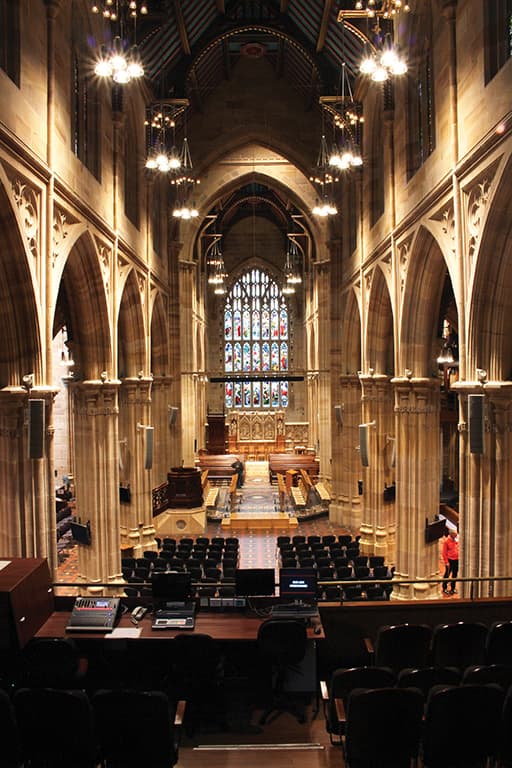

INPUT
Input control is handled by an Allen & Heath Qu-16 mixer with a digital stage box available for multiple inputs for musical performances. The Qu-16 provides more than sufficient digital signal processing for all of the equalisation and effects required for the cathedral’s applications, together with automation memory for a wide range of presets configured for different uses of the building. Extensive use has been made of the console’s remote automation via iPad to allow the vast majority of applications to be selected remotely, then fine-tuned for the occasion. A custom script was developed to integrate remote operation of the Q-SYS and Qu-16 systems via the iPad’s GUI.
The notionally-impossible task of bringing off this project was placed in the hands of Michael Sheldrick, senior engineer at Wizard Projects, who not only managed to get the system installed around the demands of the working cathedral, by running crews right through the night to install brackets, hang speaker arrays and run cabling in ways that were sympathetic to the aesthetic of the building, but he managed to do so ahead of the impossible schedule. On Good Friday he was able to hand the system over to Leembruggen and Gilfillan, giving them additional time to tune the system.
When Prince William and the Duchess of Cambridge arrived at the cathedral for the Easter Sunday service, what they heard was a sound system that is widely-acknowledged to be amongst the best around. The result has exceeded Ross Cobb’s expectations, indeed everyone that hears it comments that it sounds more like a quality hi-fi system than a church PA. The truth is that with an SPL variation of just +/- 1.5dB across the entire congregation, it’s possibly quite a bit better!
MORE INFORMATION:
Systems Integrator: Wizard Projects (now Videopro) – videopro.com.au
Electroacoustics:
Acoustic Direction – acousticdirections.com
Gilfillan Soundwork – gilfillansoundwork.com.au
Technical Audio Group (TAG): tag.com.au
Martin Audio: martin-audio.com
QSC Audio: qsc.com
Allen & Heath: www.allen-heath.com
EQUIPMENT LIST
140 x Martin Audio Omniline ultra compact line array
6 x Martin Audio AQ series 212 dual 12-inch sub bass cabinets
16 x QSC Audio CX254 4 channel amplifiers
1 x QSC SYS Core 500i Integrated processing system
4 x QSC Audio Q-SYS I/O frames
16 x QSC Audio data port cards
8 x QSC Audio mic/line and output cards
6 x QSC Audio AD 52 series ceiling speakers
1 x Cisco SR2024 24-port Ethernet switch
1 x Allen & Heath Qu-16 Digital mixing console
1 x Allen & Heath AR2412 Digital stage box
1 x Packedge W6 Wi-fi access point
5 x Audio Technica 3000 series radio mic systems
3 x Audio Technica 857QL Lecturn mic
1 x Kit – Audio Technica Artist Elite vocal & instrument mics.
1 x APC 2.20kVA SmartUPS
1 x PowerWise three phase power distribution unit

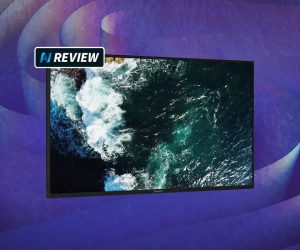



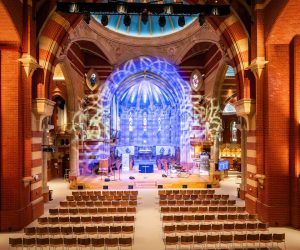


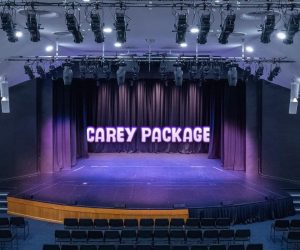

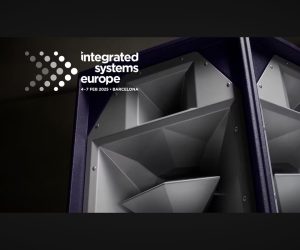
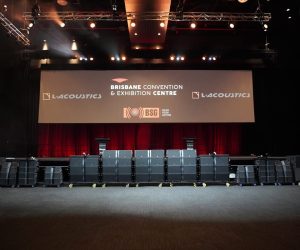



RESPONSES